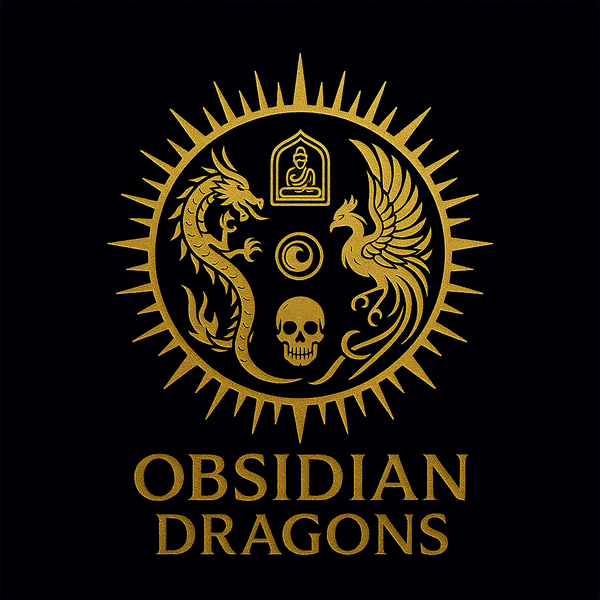obsidian dragons
Bone Mala - Tantric Practice - Citipati
Bone Mala - Tantric Practice - Citipati
Couldn't load pickup availability
Bone Mala - Tantric Practice - Citipati
Exceptional handcrafted bone mala due to the quality of the components chosen and the rarity of the Tibetan skull in the central piece, handcrafted in DZO bone (hybrid between the domestic buffalo and the yak) representing the Citipati deities to whom this tantric mala is dedicated.
Dimensions of this bone mala: 77cm long and weighing 331 grams.
As Malakara, we make all of our malas ourselves, scrupulously respecting tradition.
As a gemologist graduated from the National Institute of Gemmology in Paris, all our materials are appraised and certified.
THIS BONE MALA IS DEDICATED TO THE CITIPATI DEITIES

The Citipati, also spelled Chitipati, is a deity or pair of deities in Tibetan Buddhism, associated with the worship of protective deities. Citipati is usually represented by a pair of dancing skeletons.
The Citipati are considered protective deities or guardians, invoked to ensure spiritual safety and protection of Buddhist teachings.
Their appearance symbolizes the impermanence and transient nature of life. This refers to meditation on death and the acceptance of impermanence as a fundamental aspect of existence.
Their dance is interpreted as a sacred dance symbolizing victory over ignorance and ego , as well as the transcendence of dualistic concepts. and understanding the non-material essence of mind.
The Citipati are associated with the practice of tantra, an advanced form of meditation and ritual in Tibetan Buddhism. Their worship is integrated into specific tantric rituals to achieve higher states of consciousness.
Citipati are associated with cremation grounds. They are considered guardians of cemeteries and have a connection with funerary practices and meditation on death.

THIS BONE MALA IS MADE UP OF:
108 antique buffalo bone beads , hence a beautiful patina, each bead bears the imprint of time, a patina that tells the silent story of the cycles of life and meditation, offering a timeless connection with spirituality and tradition. Dimensions of each bead: 9.63mm wide by 11.80mm high.
The centerpiece is an authentic Tibetan skull, hand-carved from DZO bone (a hybrid between domestic buffalo and yak).
Dimensions of this skull adorning this bone mala: 45mm high by 39mm wide by 43mm long. 
In Tantric Buddhism, the skull is a powerful reminder of the impermanence of life and the inevitable reality of death. This meditation on death aims to awaken a deep understanding of the ephemeral nature of existence and encourage practitioners to transcend the fear of death.
The skull, as a symbol of death, is also associated with the transcendence of the ego. Meditation on the skull helps practitioners abandon attachment to individual identity and realize the illusory nature of the self.
The finishing bead, also called the "Guru bead", is a dragon's head hand-carved from buffalo horn.
Dimensions of this Guru bead: 31.13mm long by 25.32mm high by 17.21mm wide 
In Buddhism, the dragon is seen as a symbol of spiritual power. It represents inner strength, perseverance in spiritual practice, and the ability to overcome obstacles on the path to enlightenment.
Associated with wisdom and knowledge. They are considered guardians of Buddhist teachings, transmitting esoteric wisdom to devoted disciples.
The skull, symbolizes mortality and impermanence, associated with the practice of transcending the ego in Buddhism.
The dragon, as a spiritual power, represents the strength needed to overcome the illusion of the ego and reach a higher level of consciousness.
The dragon, often associated with yang energy and power, symbolizes a transformative force that helps one transcend the fear of death.
The skull, as a symbol of impermanence, emphasizes the need to transform this understanding into a positive force.
The juxtaposition of the dragon with the skull represents the integration of opposites. This symbolizes the ability to find harmony between life and death, strength and fragility, within the Buddhist understanding of balance.
The two counter-pearls, all 27 beads of this bone mala, are made of mother-of-pearl from a holy water stoup. 
Clam mother-of-pearl is a precious material obtained from the shells of this marine mollusk. It is known for its bright white color and smooth texture. Clam mother-of-pearl is valued in crafts and jewelry for its visual beauty.
Mother-of-pearl is often used in Buddhist crafts to create ritual objects, sculptures and ornaments.
Associated with purity because of its bright color and smooth texture. In Buddhism, purity is an important concept, symbolizing the purification of the mind from impurities and attachments.
Dimensions of each mother-of-pearl counter-bead of this bone mala: 13.18mm long by 12.16mm wide
On each side of this unique bone mala, we have incorporated DZIS , or authentic Tibetan sacred agates. Each pattern of these DZIS are circled with 925 silver.
The Dzi, or sacred Tibetan agate, is a pearl of distant origin, bringing many mystical benefits and blessings to its wearer.
It is a Tibetan talisman or amulet, the king of lucky charms, sometimes venerated as a real divinity. Dzis are supposed to bring good fortune, ward off evil spirits, and protect its wearer from dangers and accidents, and even bring longevity and good health.
ONE-EYED DZI: also called "Divine Eye Dzi" 
Protective pearl, offering protection against negative energies , evil influences and spiritual dangers.
Associated with clairvoyance or increased spiritual vision, the one-eyed Dzi bead is said to help one develop deeper perception and see beyond superficial appearances. The one-eyed Dzi bead is a symbol of divinity and higher consciousness, connection with higher spiritual forces.
Dimensions of this one-eyed DZI bead: 57.39mm long by 12.95mm wide
9-EYED DZI: also called DZI of Protection and Clarity 
Considered an extremely powerful bead for protection . Each of the nine eyes is believed to have a power of surveillance and protection, ensuring safety and warding off negative energies. Each eye is considered an instrument of purification, helping to remove obstacles and impurities on the spiritual path. The 9-eyed Dzi is used in practices aimed at purifying the mind and body.
Dimensions of this 9-eyed DZI bead: 57.36mm long by 13.44mm wide
We have also decorated this bone mala with small round DZI beads with three eyes.
Each of the three eyes symbolizes different facets of Buddhist wisdom: the wisdom of the body, the wisdom of speech, and the wisdom of the mind. Together, they represent the triple wisdom necessary to achieve enlightenment.
The three eyes also symbolize the balance of energies , representing the harmonious union of feminine (the left eye), masculine (the right eye) and neutral (the third eye in the center) energy .
Under each DZI with one and 9 eyes, magnifying this bone mala, we have incorporated a traditional tassel representing the 5 colors of the 5 meditation Buddhas
Although its primary role is aesthetic, it can also have symbolic meanings in the spiritual context of the mala.
The tassel represents the cosmic energies that emanate from the bone mala, bringing blessings and positive vibrations to the wearer of the mala.
The tassel helps maintain an energetic balance in this bone mala, thus ensuring harmony between the beads and the spiritual energies.
On each side of this bone mala, we have added the counters, specific to Tibetan malas.
These counters are used to track the number of complete cycles of mantra recitation. 
These two counters are made up of 10 beads made from sacred fig tree seeds also called bodhi seeds or pipal seeds.
Buddha having attained enlightenment under a sacred fig tree, pipal seeds are the most traditional material for making malas. These seeds acquire a patina and take on a beautiful shine over time called "porcelain layer". Our seeds come from the island of Hainan known for cultivating and drying the finest quality in the world. Be careful, many websites and specialty stores mistakenly name these seeds as Lotus seeds.
Under these 10 sacred fig seeds we have placed two hand-carved buffalo bone guardian lions
Dimensions of each guardian lion: 33.70mm long by 21.51mm wide by 19.81mm high 
Lions, often called "Fu lions" or "Buddhist lions", are traditionally regarded as protective guardians in Buddhist culture, particularly in Sino-Tibetan culture.
These Lions are supposed to protect their owner against negative or malicious energies.
Lions are also considered creatures capable of warding off evil spirits.
The lion is a symbol of physical strength and power. In the Buddhist context, this strength is often associated with overcoming obstacles and challenges on the spiritual path.
Some Buddhist texts describe the Buddha as having the ability to subdue lions, symbolizing his power and benevolence in protecting the teachings of the Dharma.
Below each lion's head are placed the Buddhist cult instruments dorje and drilbou (Tibetan bell), also handcrafted from buffalo bone.
Dorje (or Vajra): The dorje is an important symbol in Tibetan Buddhism, representing the indestructible nature of the awakened mind. It is often used as a symbol of stability and spiritual power. When used as a counter, it can represent the completion of a cycle of 10 mantra recitations.
Bell (or Drilbou): The bell, or drilbu, is also a significant symbol in Tibetan Buddhism. It represents transcendent wisdom and is often associated with the feminine and emptiness. When used as a counter, it can symbolize the completion of a cycle of 10 mantras.
The lion's head, already associated with protection, and the addition of a dorje or bell intensifies the notion of spiritual protection, ensuring not only physical but also spiritual security.
By adding Dorje and drilbu to the lion head, it symbolizes the balance between strength, protection and wisdom for the wearer of this bone mala.
Finally, to finish these two counters adorning this bone mala, we assembled two phurbas in hand-carved buffalo bone .
Dimensions of each phurbas: 67.46mm long by 8.50mm wide
The phurba was introduced into Tibetan Buddhism by Phadmasambhava and is a symbol of transmutation of negative forces. Used in rituals to drive away unwanted spirits, the Phurba acts in a spiritual way to immobilize demonic spirits and sometimes kill them in the hope that 'they reincarnate in better places. Each component of the Phurba has its own meaning.
To know all about phurbas, please read our full blog article, by clicking on this link
Bone mala, Bone mala, Bone mala, Bone mala, Bone mala, Bone mala, Bone mala, Bone mala, Bone mala, Bone mala, Bone mala, Bone mala, Bone mala, Bone mala, Bone mala, Bone mala, Bone mala, Bone mala, Bone mala, Bone mala, Bone mala, Bone mala, Bone mala, Bone mala, Bone mala, Bone mala, Bone mala, Bone mala
Share
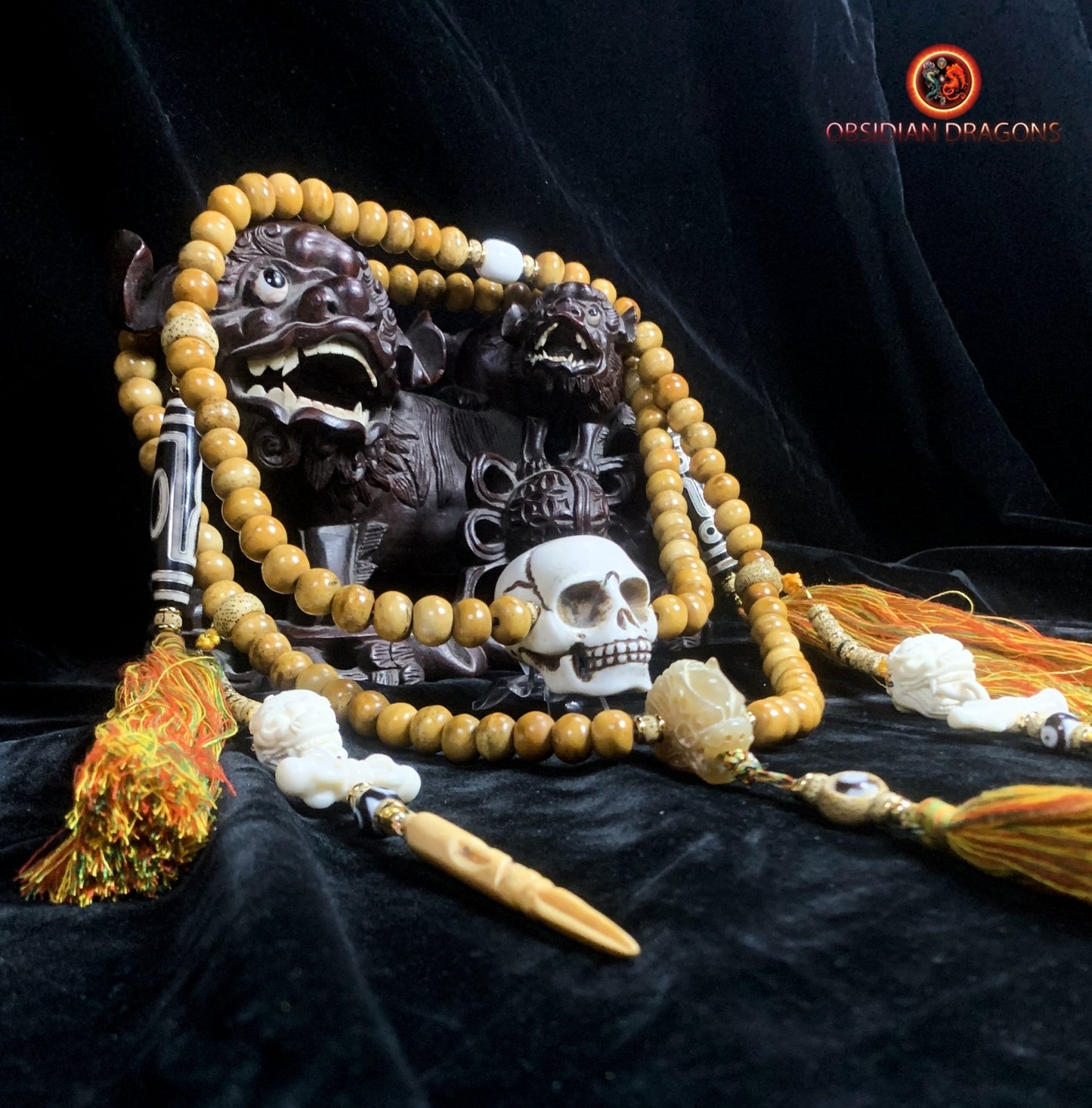
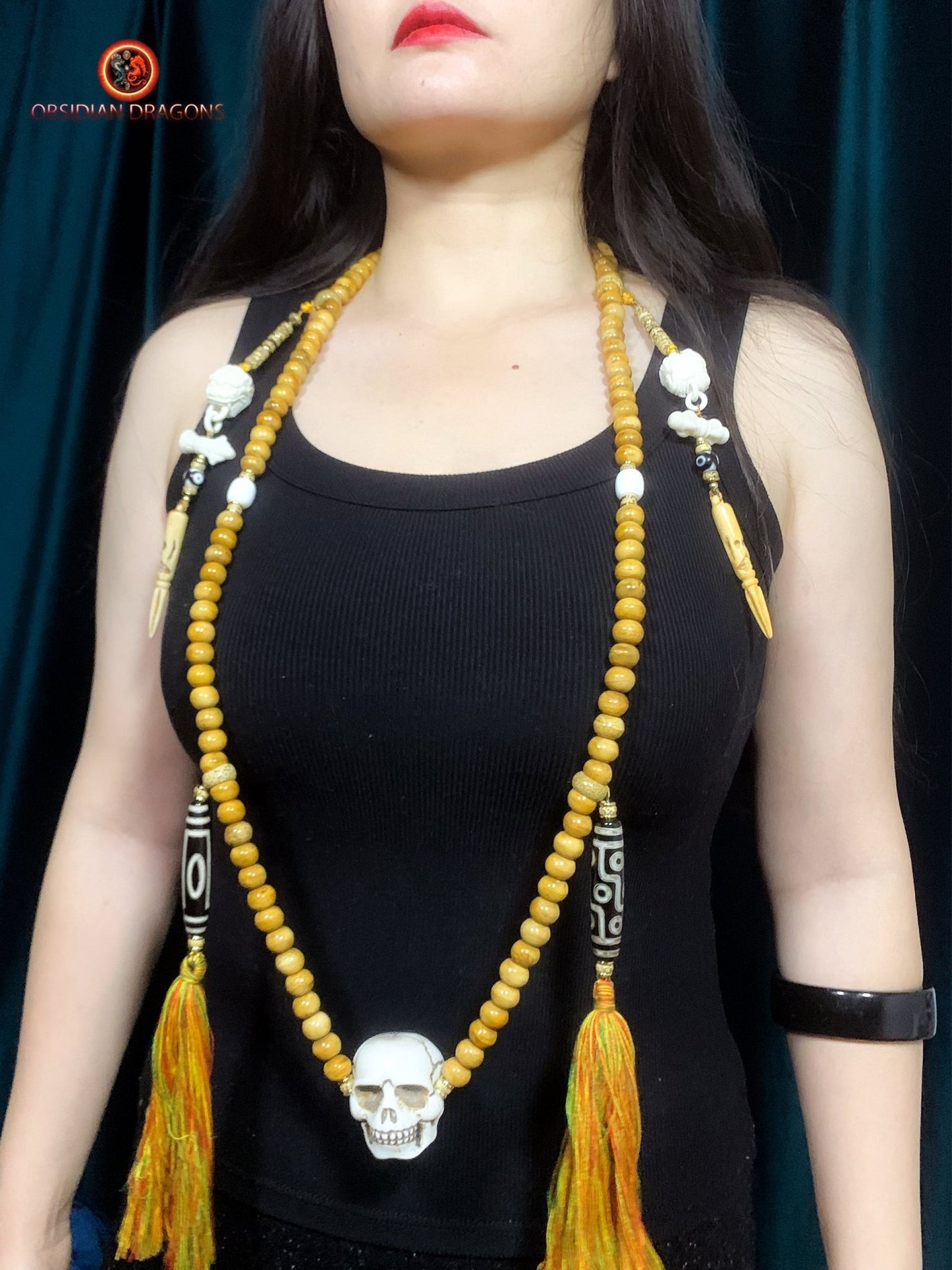
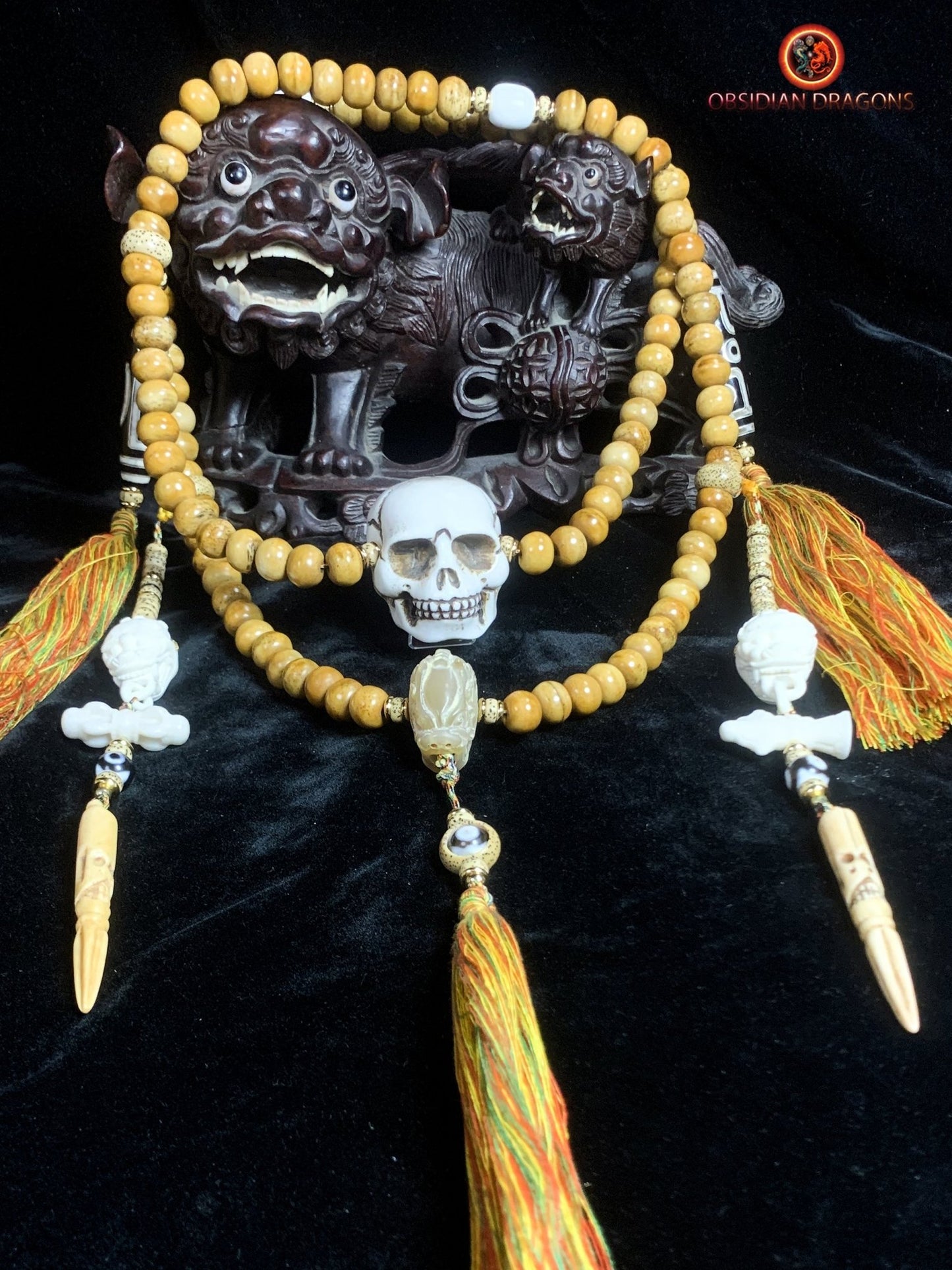
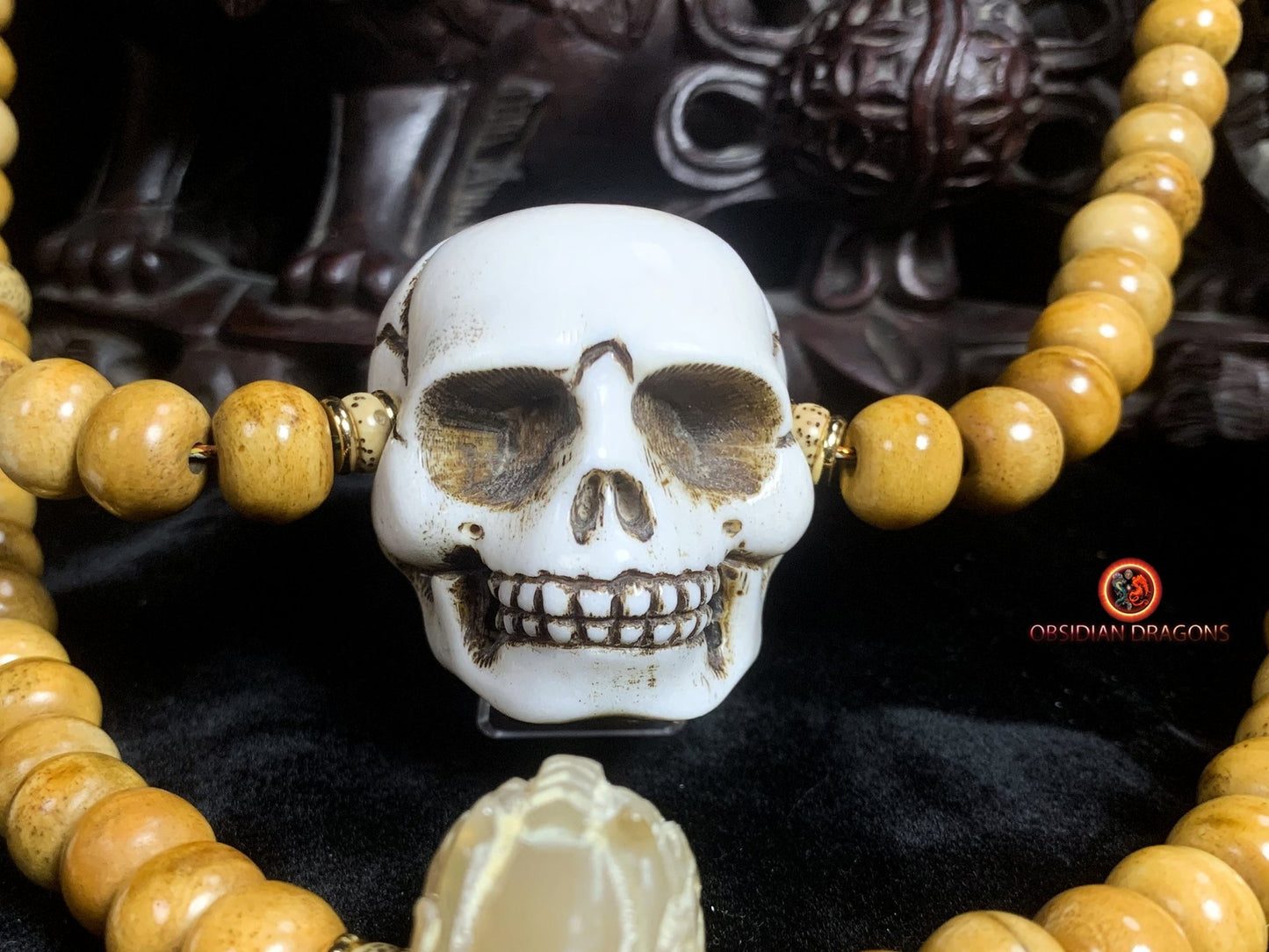

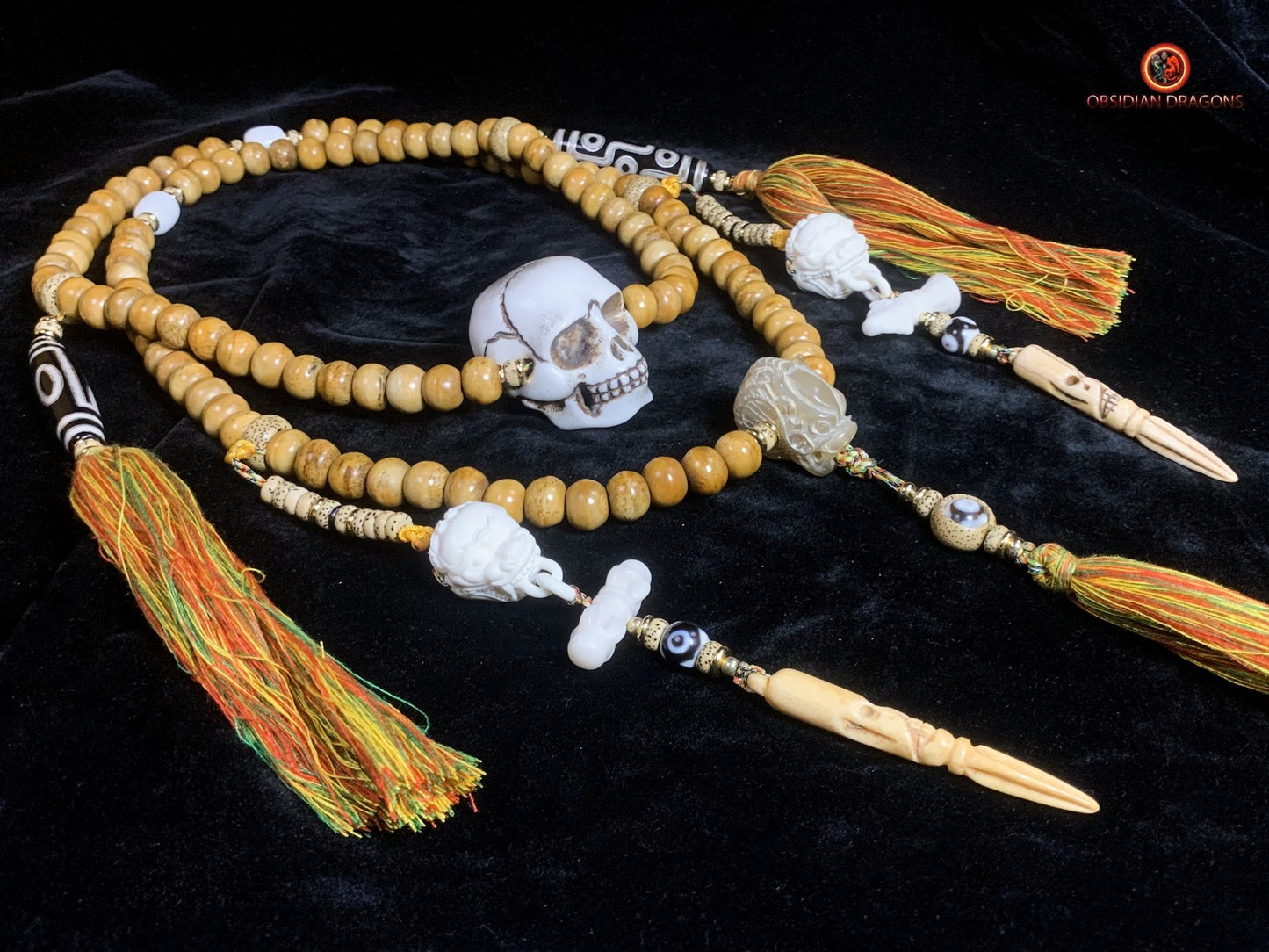
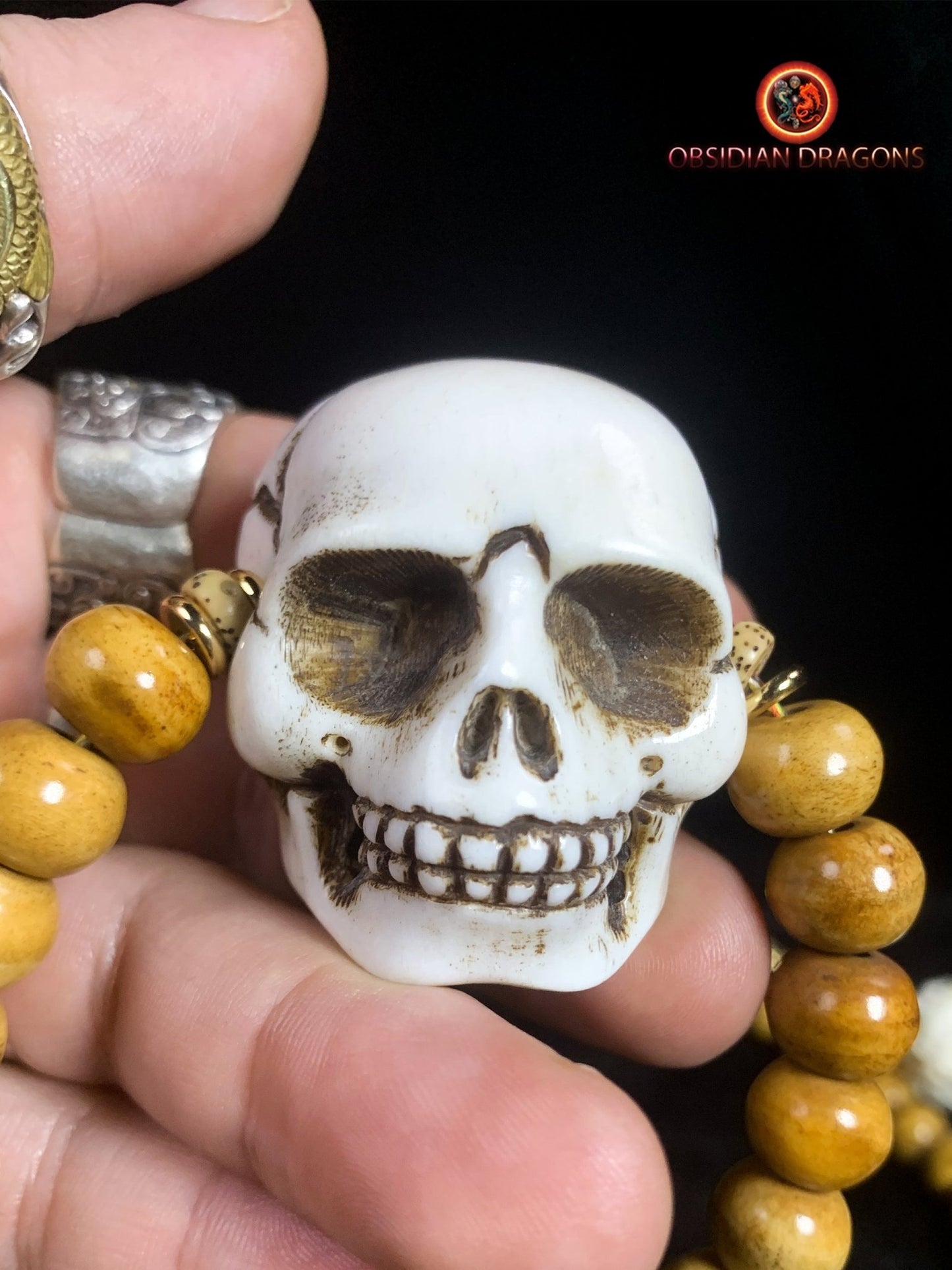
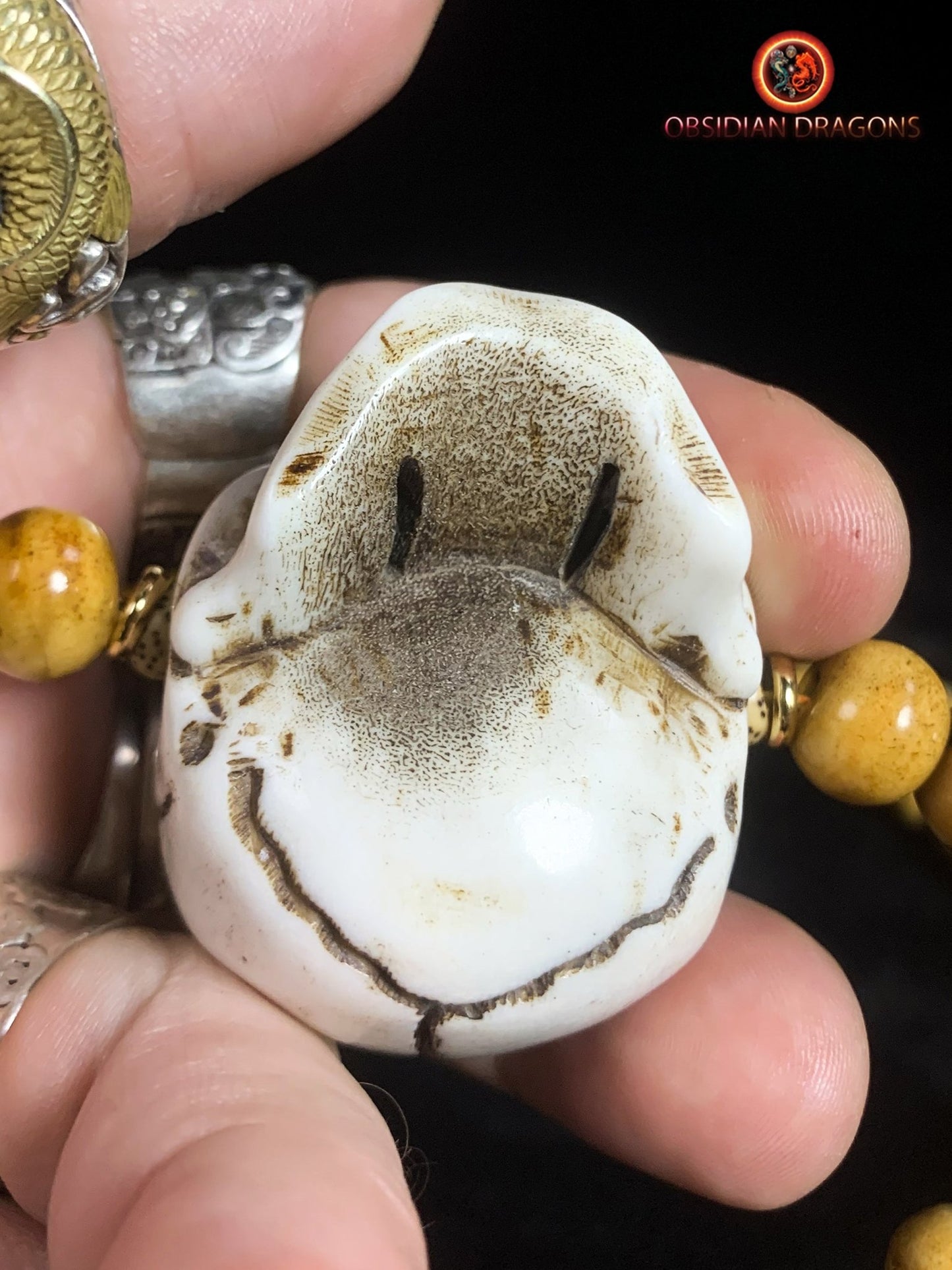
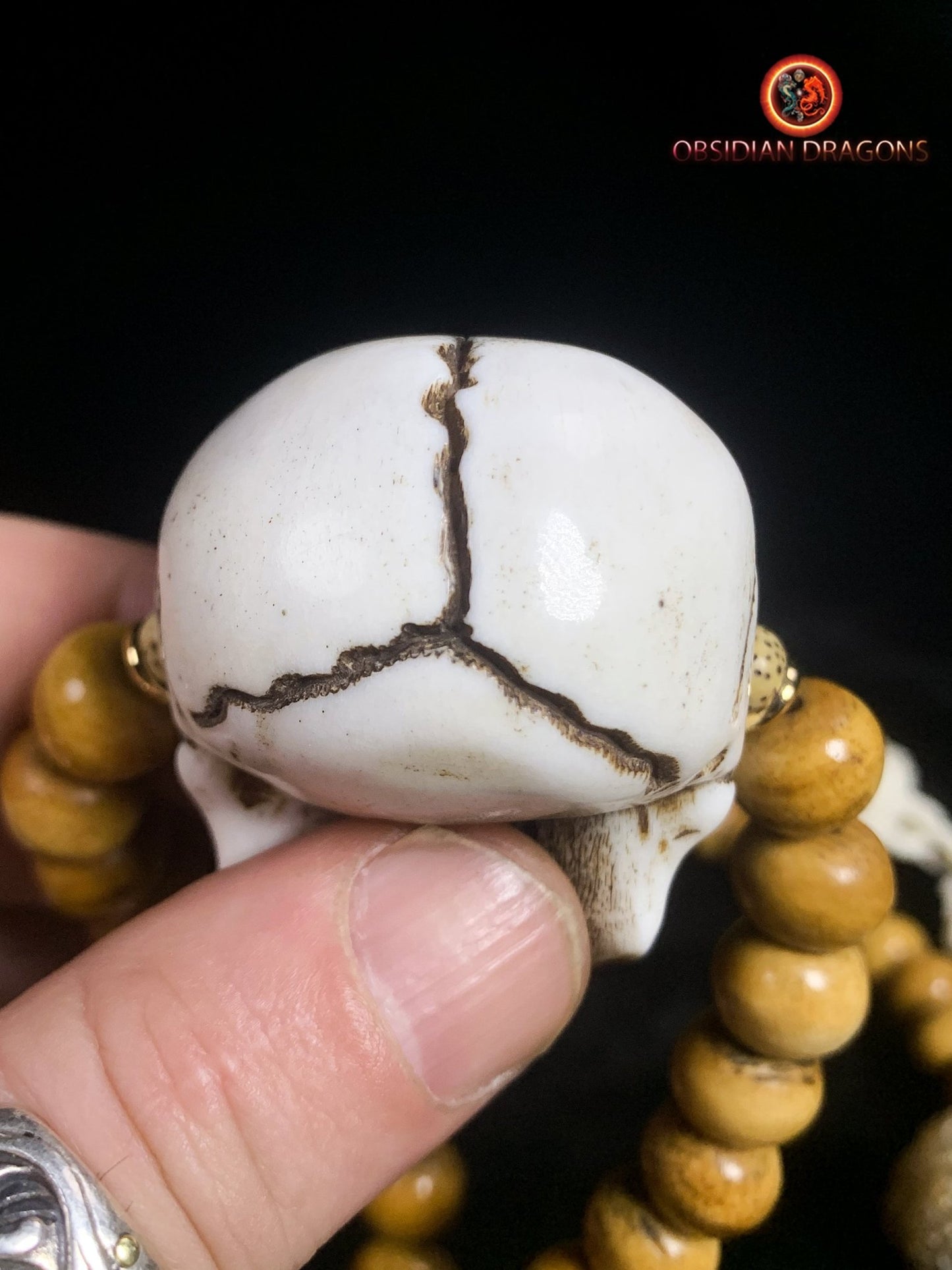
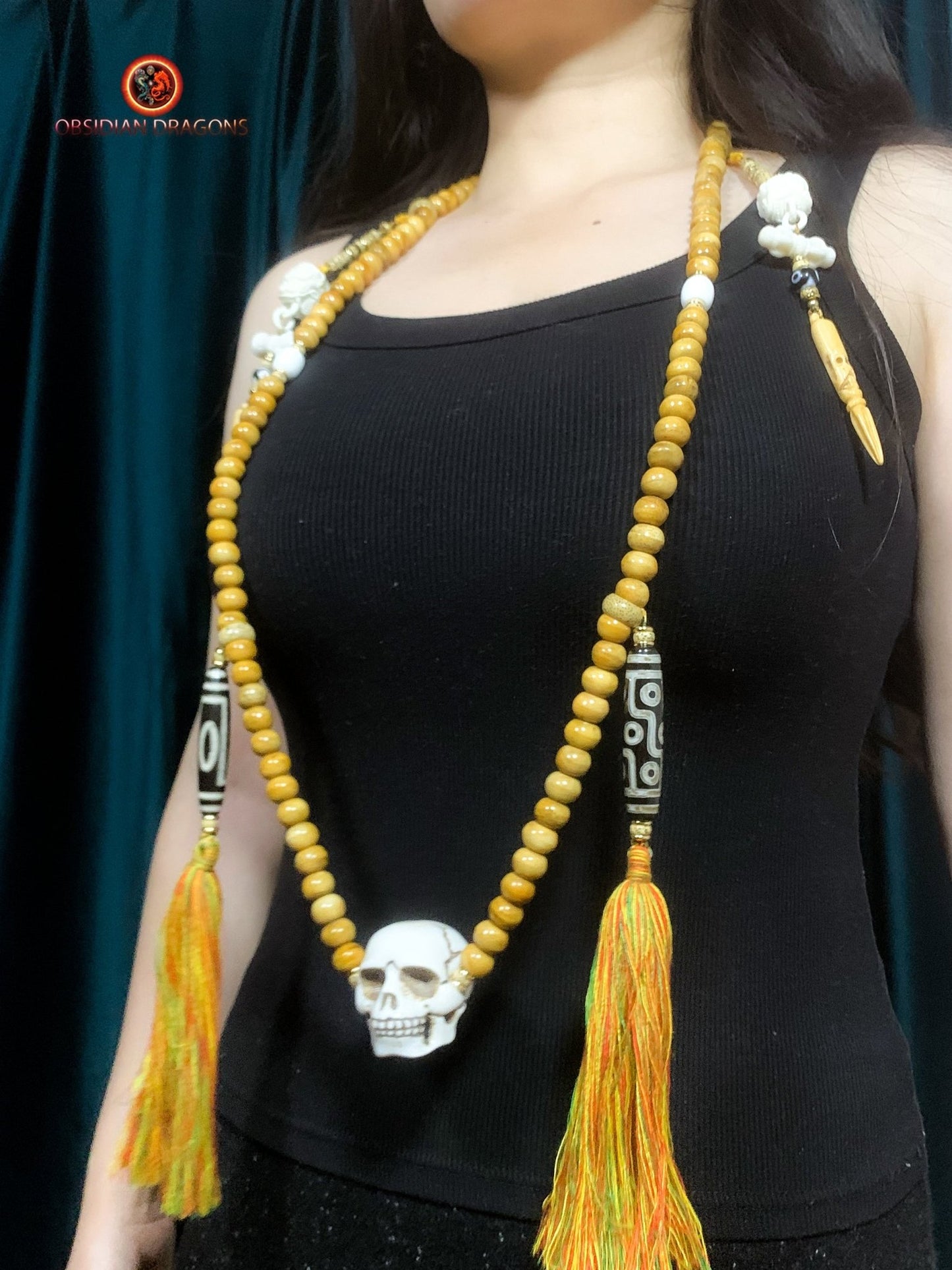
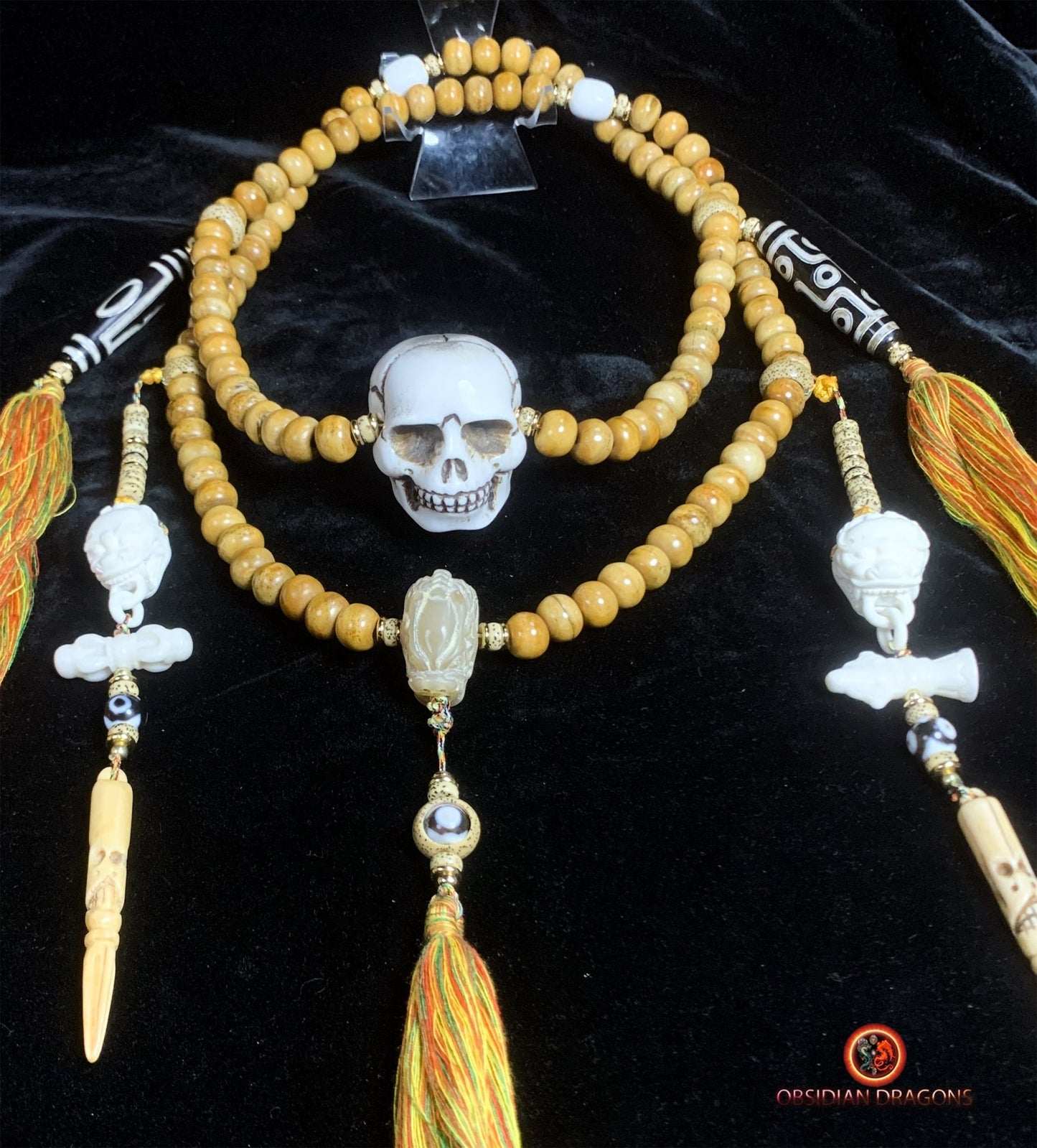
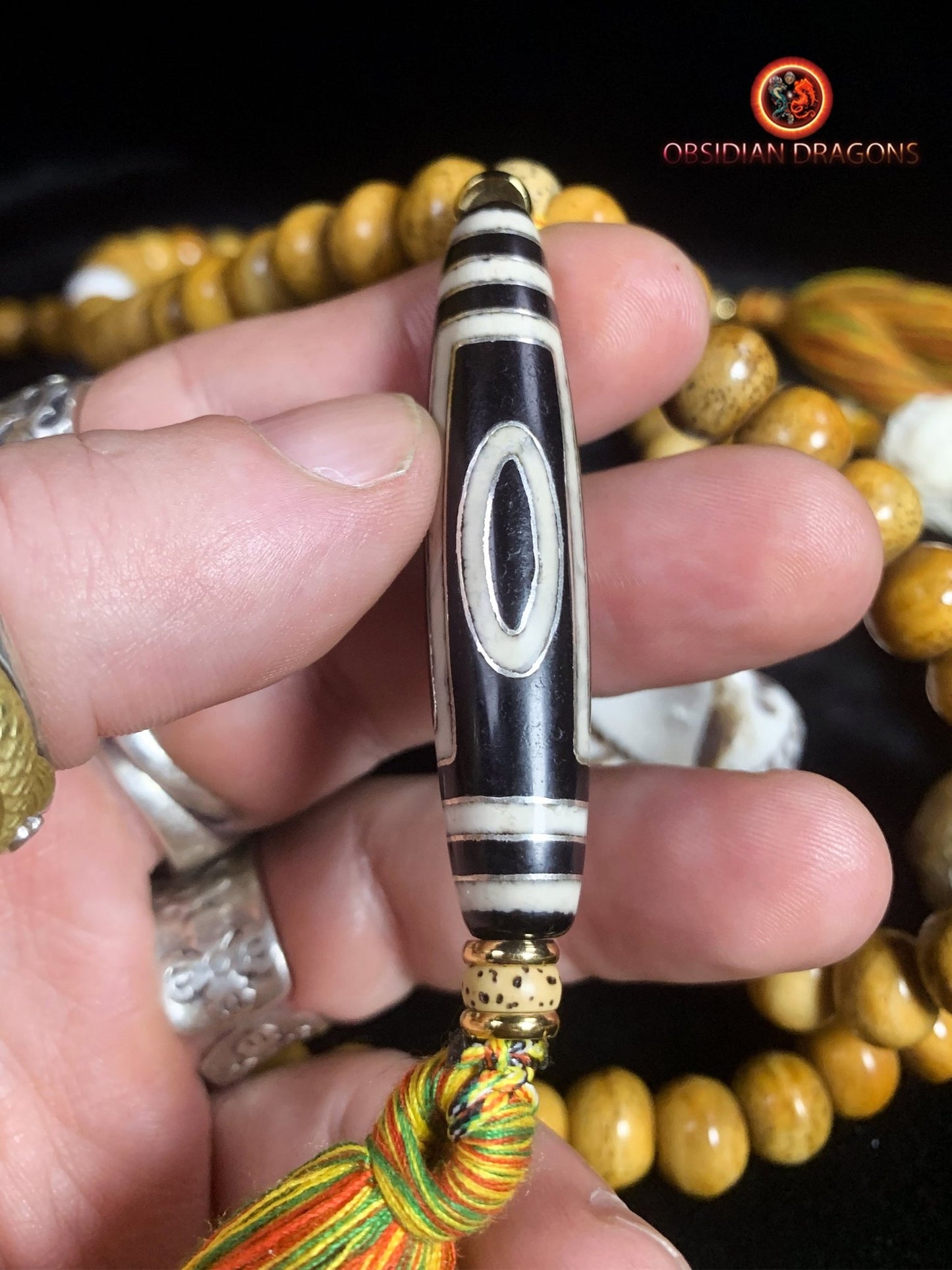
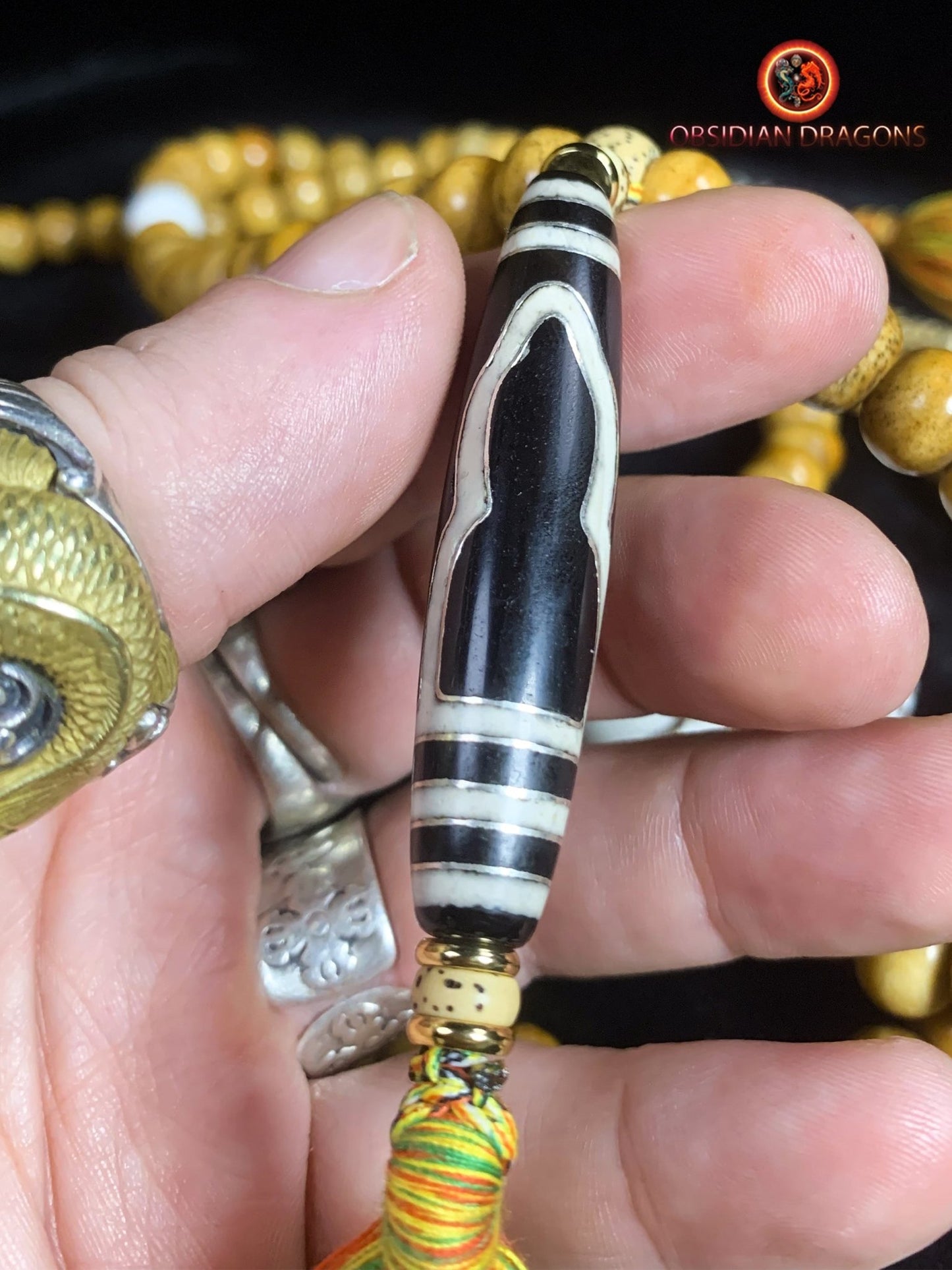
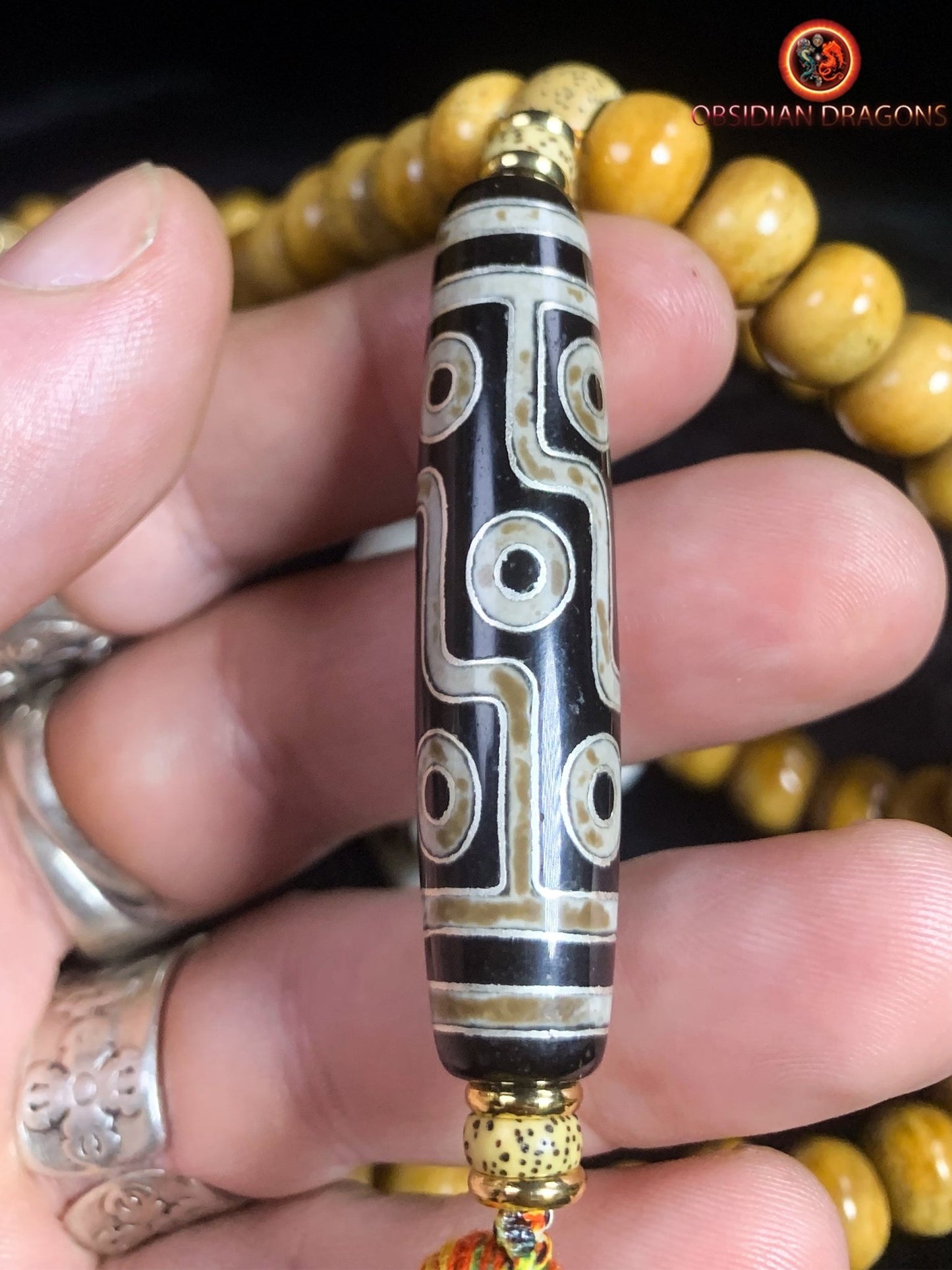
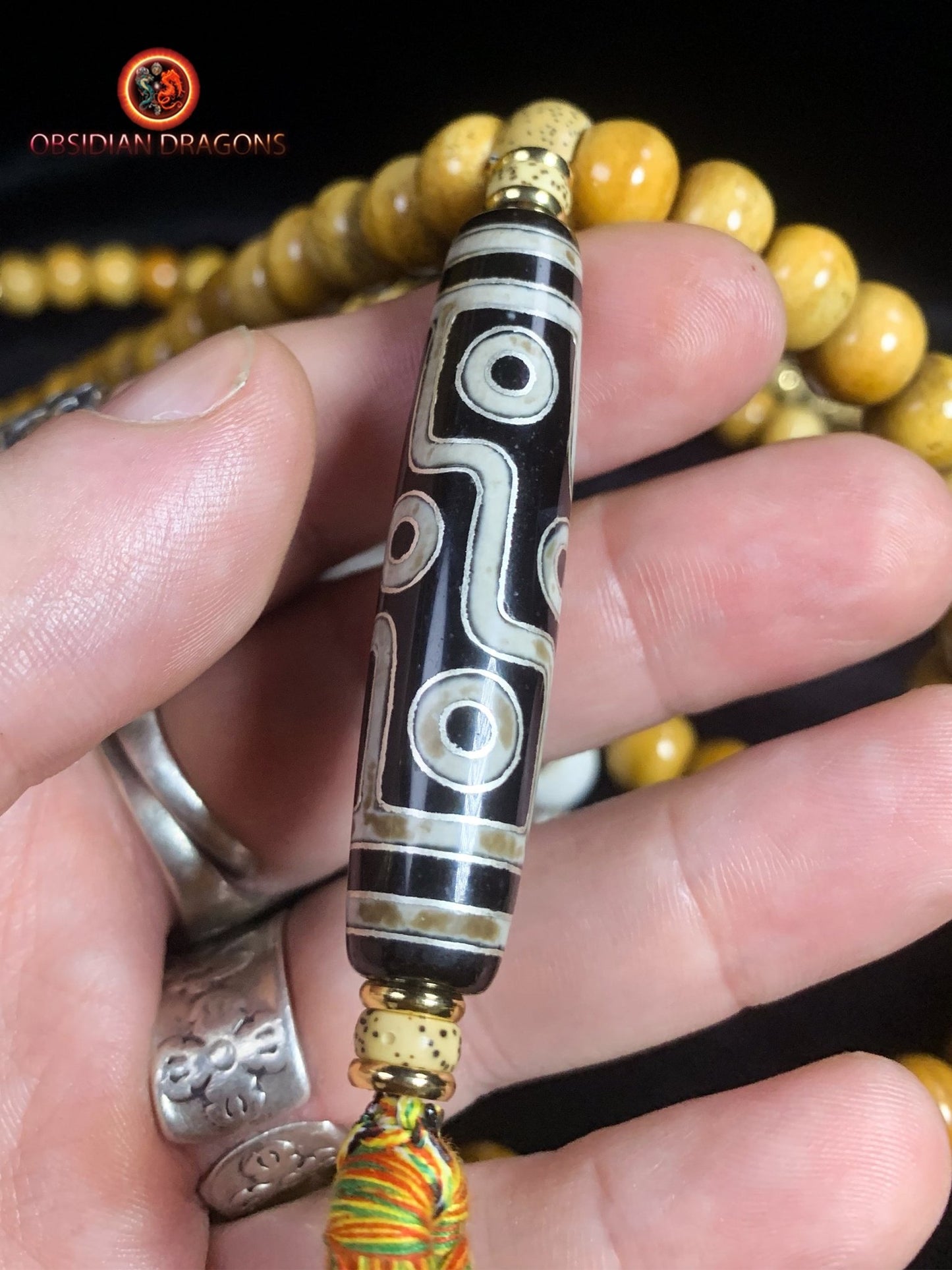
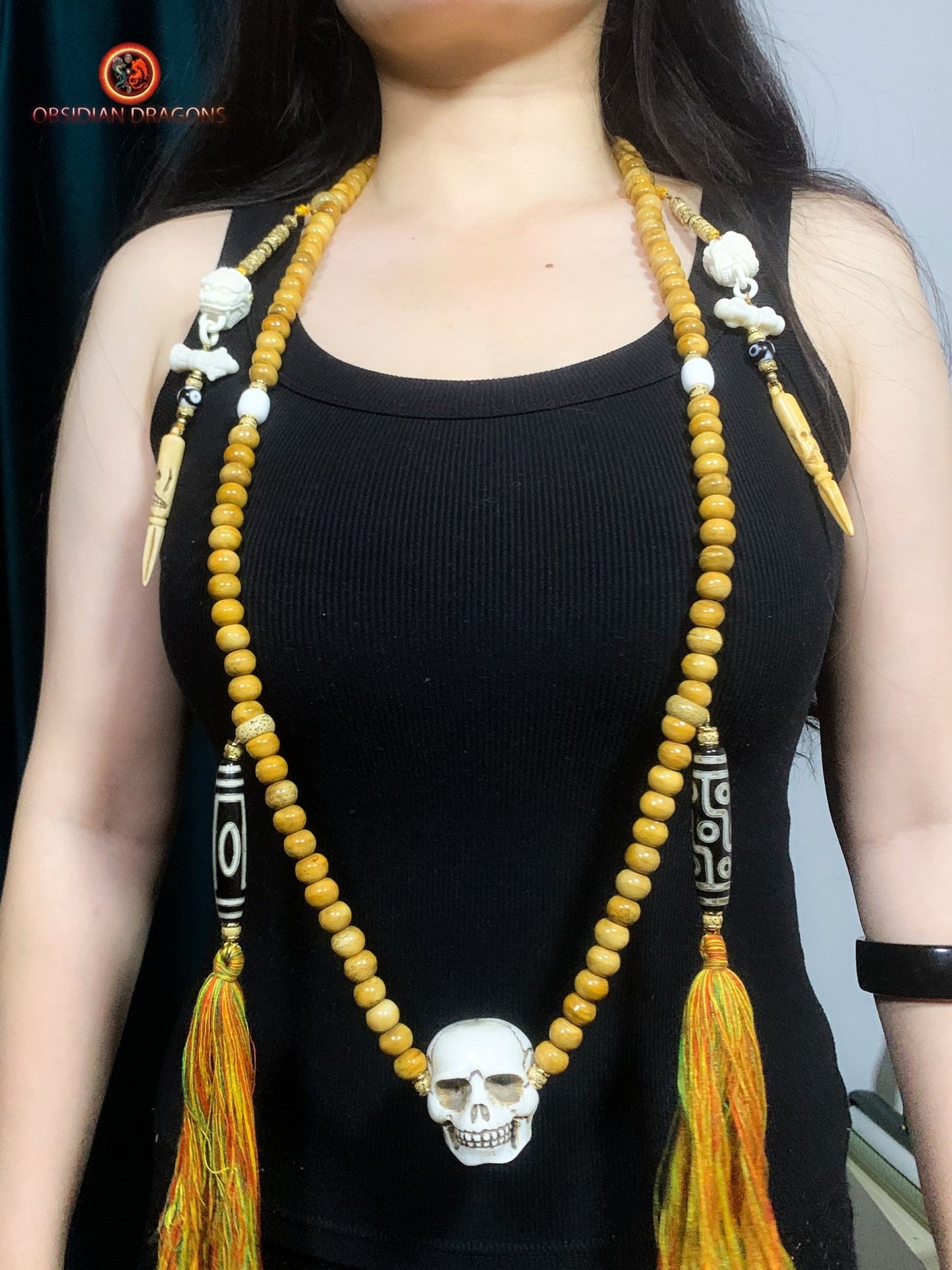
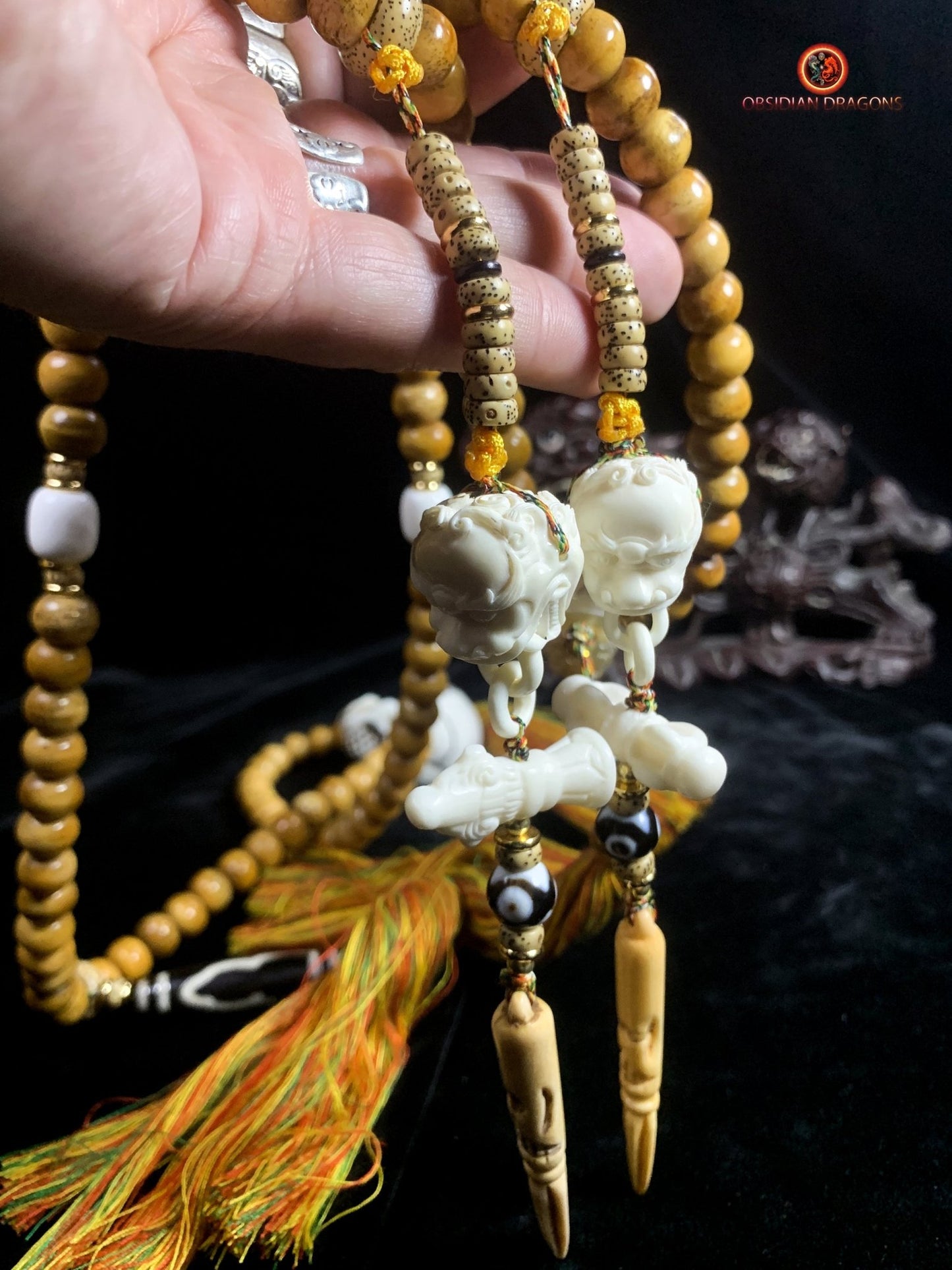
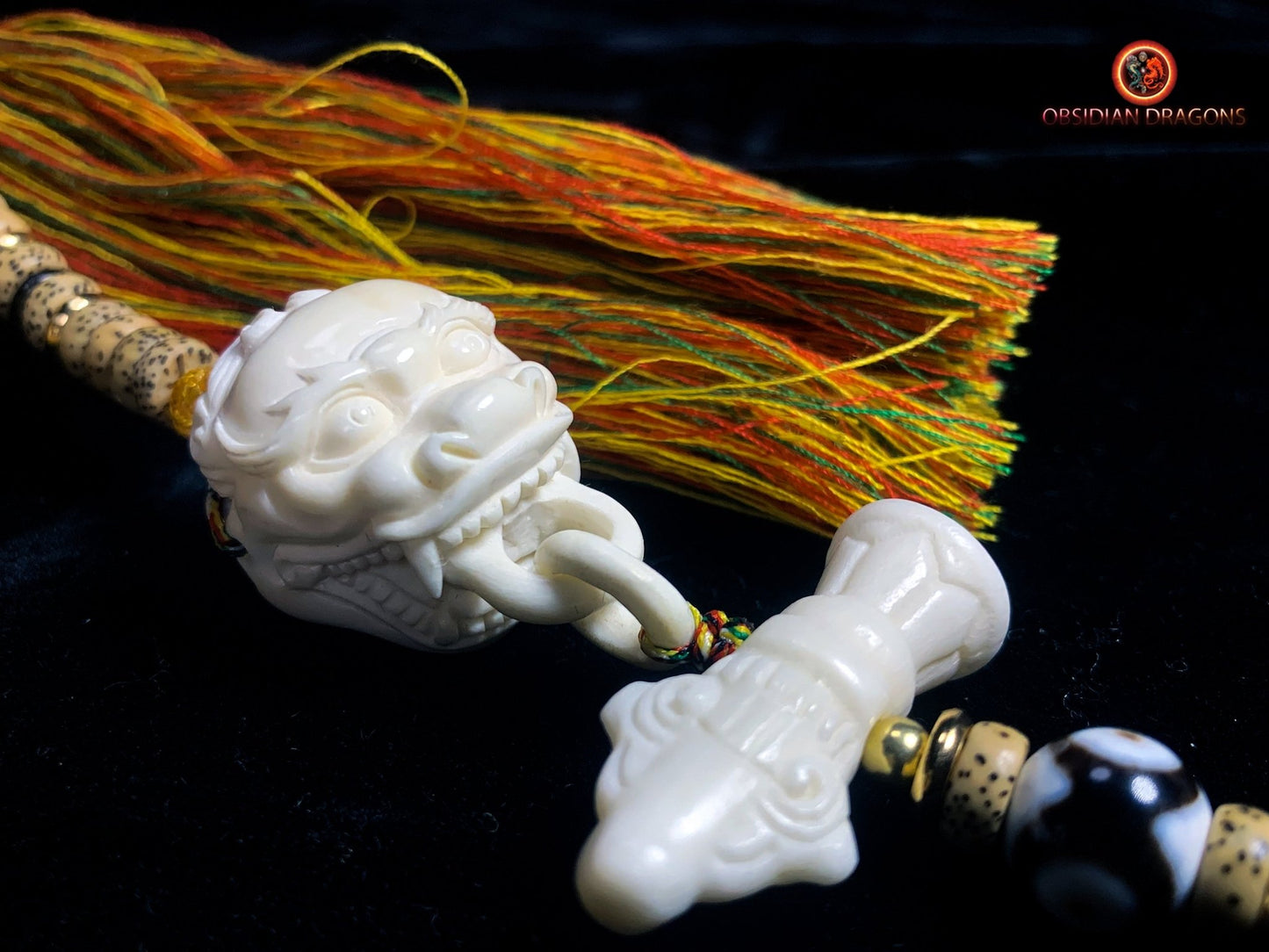
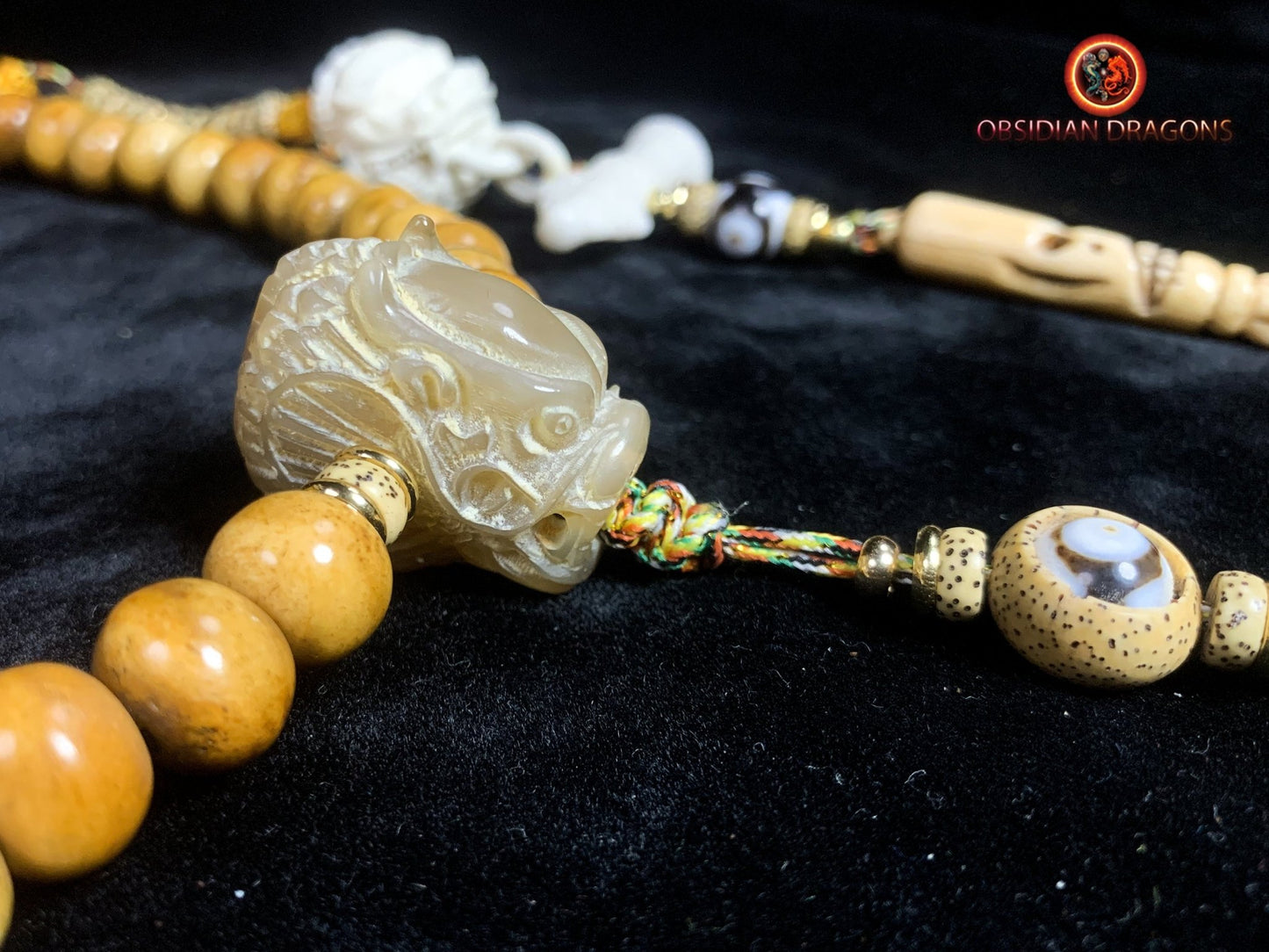
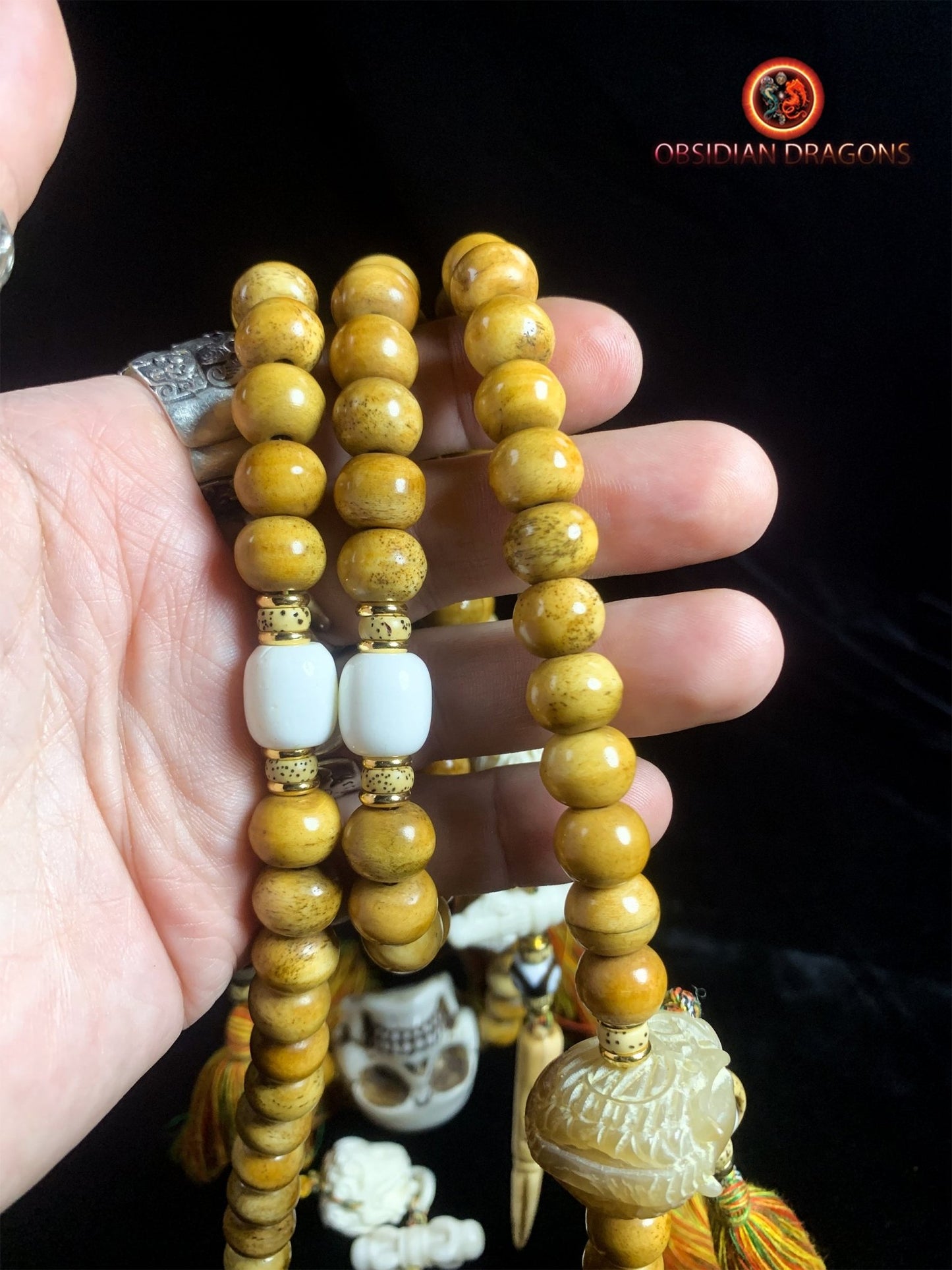
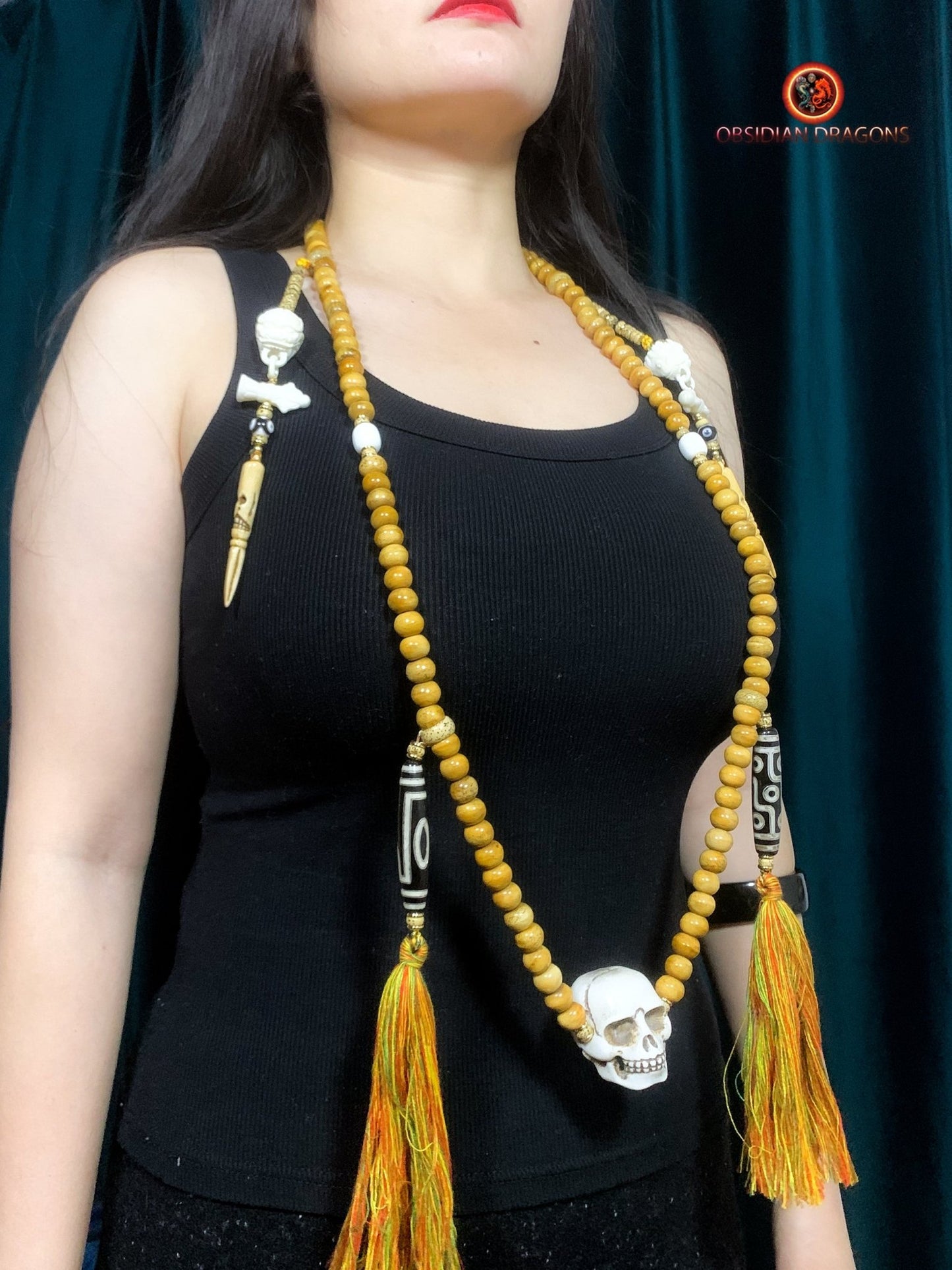

Return conditions for a Zen purchase
We offer you a money back guarantee within 14 days after delivery of your order.
If you are not completely satisfied with your purchase, please contact us to arrange a return of the product and a refund.
Except for returns, shipping is free on all orders.
Multi-column
Button text-
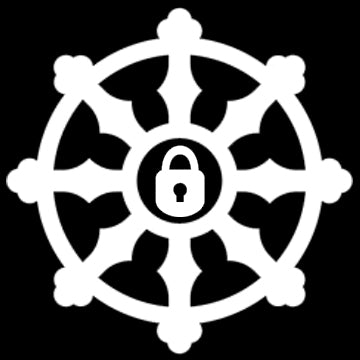
100% secure payment
3 times interest-free option with Scalapay
-
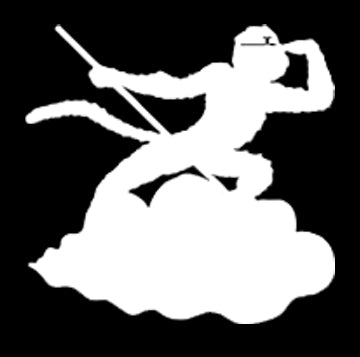
Free delivery in France and internationally
14 days money back guarantee after delivery (see our conditions of sale)
-

Column
Excellent customer service
Live chat
Whatsapp +33674049312
Let customers speak for us
from 911 reviewsLe crâne reçu correspond bien à celui proposé sur le site.

J'ai eu l'occasion de rencontrer Jérémy sur Paris avant l'achat...très bon contact avec lui ..il sait de quoi il parle...je suis revenu vers lui pour l'achat de cette magnifique statue...elle a été emballee avec beaucoup de soin pour une expédition de chine... vraiment très satisfait de cet achat..merci

Pendentif dragon en obsidienne œil céleste - Symbole spirituel

Le collier est superbe, et ce pendentif magnifique, ses détails! et l'odeur du bois de santal que c'est agréable! Qualité extra! Contact excellent avec Jérémy, merci beaucoup pour votre gentillesse! Quelle qualité, vivement le mala !

L'objet est très joli et malgré que je ne sois pas un spécialiste, je trouve que le crystal est beau. Il n'est pas parfait et cela me rassure sur la qualité du produit qui est sensé être naturel donc imparfait.
Très bien emballé et en plus housse de rangement offerte.
MERCI

Je suis très satisfaite, livraison rapide et soigné. J'ai appréciée la communication avec Jérémy… L'article est superbe, plus jolie que ce que je pensais.

J’ai commandé un crâne de dragon, il est super beau et très puissant. Je l’adore 😍 Et l’envoi a été très rapide 🤗 merci 🙏🏻

Absolument magnifique,il m’appelait ce bracelet et je suis ravie je ne vais plus le quitter merci 🙏🏼😍

Merci pour votre envoi, la pierre est magnifique, merci..

bracelet puissant, je suis content de mon achat

Cet artisan est gémologue, il travaille avec des artisans qui sont des vrais artistes, je suis bluffé par la qualité des ouvrages sur l’argent et sa qualité. Quand à la qualité des pierres pas besoin d’être gémologue pour voir la qualité exceptionnelle des pierres, encore une fois le travail de sculpture est exceptionnel.
Mon mala traditionnel est une pure merveille dans la tradition originelle. Le ghau est une merveille qui me comble.
Bref que dire de plus :). Allez sur son site.
PS : vendeur qui connait son métier et les traditions bouddhistes ce qui est un plus en plus :)

Ce crâne est un Etre de Lumière. Attirant , inspirant , "parlant".
Il est un Ami qui tire mes pensées vers le Haut.
Ses énergies vibrent à des fréquences élevées. Il est puissant dans la douceur.
Un crâne de Dragon m'assite également. Merveilleux !

Très beaux bracelet et très puissants

Magnifique crâne givré de l'Himalaya.

cette chevalière est tres bien réalisé, avec beaucoup de détails, je suis heureux de l'avoir

